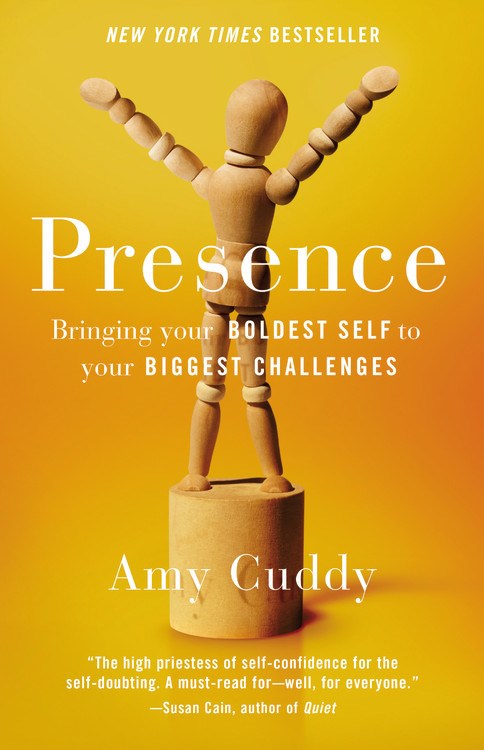Jack Covert Selects - Inside the Box
Inside the Box: A Proven System of Creativity for Breakthrough Results by Drew Boyd and Jacob Goldenberg; Simon and Schuster, 257 pages, $28.50, Hardcover, June 2013, ISBN 9781451659252
Inside the Box is counter-directive to the many business books published every year that strive to illuminate and teach creative thinking. Because there is a constant demand for new ideas in our fast-moving business climate, most books tend toward systematizing creativity in order to insure continued innovation within organizations. But since the 1970’s we’ve been told that the key to doing so is to “think outside the box” which does little to demystify the process.
Authors Boyd and Goldenberg suggest a different approach, convinced that a system that is without boundaries is no system at all .Instead of searching the margins for ideas, they explain that “more innovation—and better and quicker innovation—happens when you work inside your familiar world … ” To help readers do this, Boyd and Goldenberg created the Systematic Inventive Thinking (SIT) method, which consists of five templates, or creative tools: Subtraction, Division, Multiplication, Task Unification, and Attribute Dependency.
As you can imagine, the first three are straightforward. Subtraction is about paring down; Division is about subtracting and then reusing the subtracted aspect separately; and Multiplication is about taking an aspect of your product or service and using it in multiple similar fashions. With Task Unification, you “simply force an existing feature (or component) in a process or product to work harder by making it take on additional responsibilities.” And Attribute Dependency “asks you to take two attributes (or characteristics) that were previously independent of each other and make them dependent in a meaningful way.” Applying these templates opens up myriad avenues to creativity and also opens you up to ways to do business differently without demanding that you learn to think differently.
As you read Inside the Box, you’ll start getting a flutter of excitement in your belly as your mind begins reflecting on the goods and services your company provides and how you can apply these templates to that work for future innovation. The book’s applicability is instantly gratifying as well as valuable, and the system is completely learnable for anyone and any organization. As the authors succinctly say:
Creativity is a cognitive task. Simulating the task in unfamiliar, random situations builds “innovation muscle” for when you need it in real situations. Practice makes perfect.
Innovation is the most sought-after component of modern business thinking, and Inside the Box puts the putty in your hands so you can start creating right away.

